Its story
For centuries, ancient kings dreamed of connecting the Atlantic to the Mediterranean. It wasn’t until the 17th century that a man from Béziers found the key to solving this problem in the waters of the Black Mountains.
Its construction, under King Louis XIV, was just as monumental as its tumultuous history that went on for more than three centuries. Over 15 years, with the help of 12,000 men and women, 240 kilometers were dug from Toulouse to Marseillan.

Once it was finished, local products from across the region could be transported to Paris: grain, salt, wine, pink marble, etc. From 1730 to 1858, the canal experienced its glory days: its regularity, comfort, safety and speed (4 days from Toulouse to Sète) commanded admiration.

But the life of the canal du Midi would never be clear sailing… It became filled with silt, which required Vauban to step in. In the 19th century, the canal then faced competition from trains, which almost proved fatal…but not quite!
The last transport boats were quickly replaced by recreational boats, mainly from Great Britain, which gave a second life to the canal through river tourism.

-
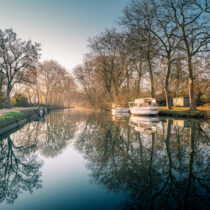 1666
1666Signature of a royal Edict
Louis XVI signed “a decree authorizing the construction of a canal linking the Mediterranean to the Ocean.” It stipulated the construction of the canal in “fiefs” with extensive legal rights. -
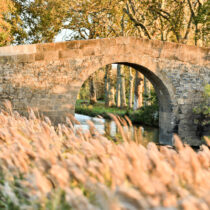 17 avr. 1667
17 avr. 1667First stone
Laying of the first stone of the St. Ferréol dam -
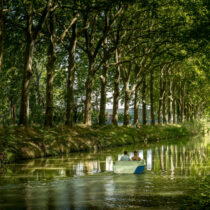 17 nov. 1667
17 nov. 1667Construction of the canal began
In Toulouse, the first stone of the descending lock on the Garonne river was laid. Construction of the canal could now begin. -
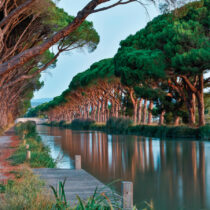 1672
1672First filling
The construction of the water supply system was under completion. The section of the canal between Toulouse and Naurouze was filled with water. -
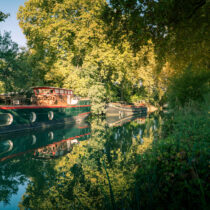 jan. 1673
jan. 1673Structural construction began
Digging of the canal leading from the Etang de Thau lagoon to Béziers was nearing an end. Construction of civil engineering structures could begin. -
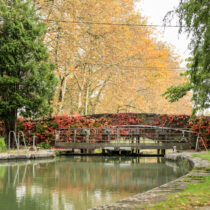 1674
1674First opening to waterway traffic
Inauguration and opening to waterway traffic between Toulouse and Castelnaudary. Digging continued downstream from Castelnaudary as well as from Béziers toward Minervois. -
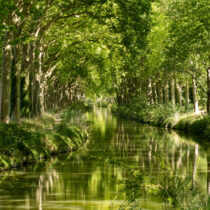 1677
1677Construction of the Fonseranes Lock
Construction of the 8-chamber Fonseranes Lock got underway near the town of Béziers. "Neptune’s Staircase" became the most majestic structure along the canal! -
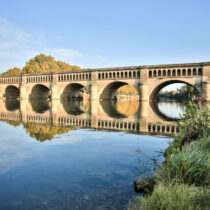 nov. 1679
nov. 1679Construction of the Malpas tunnel began
The Malpas tunnel, the last major construction site carried out by Pierre-Paul Riquet, was completed in the summer of 1680. -
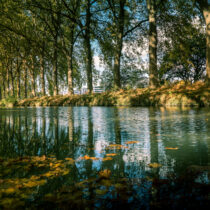 1 oct. 1680
1 oct. 1680Death of Pierre-Paul Riquet
Pierre-Paul Riquet died before the canal construction work was completed. His eldest son continued the work following his death. -
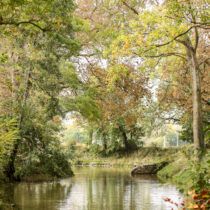 mai 1681
mai 1681Filling of the canal was completed and first official trip from Toulouse to Sète was carried out.
As a result of this successful test, the canal was then emptied in order to finalize the structures -
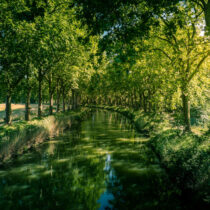 juil. 1684
juil. 1684Acceptance of the works
Following the complete inspection of the canal, the process for signing off the works was drawn up. -
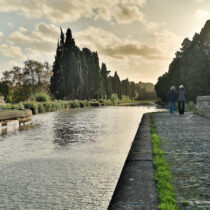 1765
1765First planting
Large-scale planting phase on the canal. Poplar was the chosen species. -
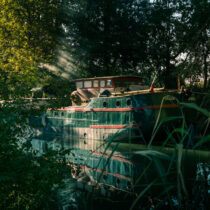 1777-1782
1777-1782The canal du Midi was connected to Narbonne
Opening of the junction canal and the Canal de la Robine de Narbonne. -
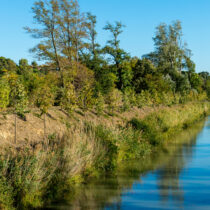 1850-1880
1850-1880Large-scale plantation renewal phase
The plane tree became the dominant species and would help form the iconic image of the canal -
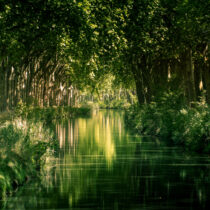 1996
1996UNESCO classification as a World Heritage Site
In recognition of the structure’s exceptional quality and universal value, UNESCO added the canal du Midi to its prestigious list of World Heritage Sites -
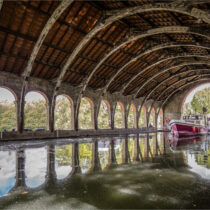 2006
2006Discovery of the first infected plane trees
Canker stain was detected on the plane trees lining the canal du Midi. The infected trees were cut down and the first prophylactic measures were taken to limit the spread of the disease. -
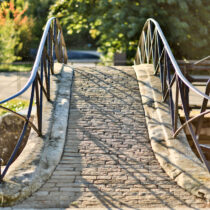 2011
2011Start of the replanting program
The project to replant the banks of the canal du Midi, developed using its specifications, got underway. The first planting began in the towns of Villedubert and Trèbes.
Pierre-Paul Riquet, creator of the canal
His nickname was “the Moses of the Languedoc.” It is to Pierre-Paul Riquet, a self-taught bourgeois from Béziers, that we owe the construction of the canal du Midi. His genius and perseverance enabled him to carry out the work of a lifetime.
Pierre-Paul Riquet showed his ingenuity in discovering how to supply water to the canal “connecting the two seas.” Drawing on his extensive knowledge of the land, he unlocked the potential of the Black Mountains’ abundant waters!
During the 15 years of construction, this simple tax farmer responsible for collecting and administering the salt tax (gabelle) in Haut Languedoc demonstrated his genius, perseverance and skill to King Louis XIV and his superintendent, Jean-Baptiste Colbert. Riquet even went so far as to dig the Malpas tunnel, against the king’s advice, just to prove that it could be done! Driven by his desire to restore former titles of nobility, he proved to be something of a workaholic and a talented builder.

Pierre-Paul Riquet died on October 1, 1680 in Toulouse, without having seen the completion of his work… There were only 4 kilometers of the canal left to build. His most impressive works were produced in the final years of his life: the Répudre Aqueduct navigable water bridge, (the first of its kind in the world!), the majestic 25 meter-high water staircase in Fonseranes and the unlikely Malpas tunnel.
Château de Bonrepos
It is here, north of Toulouse, that Riquet conducted his first experiments to find the best water supply system for the future canal du Midi.

UNESCO classification
In 1996, the canal du Midi was classified as a World Heritage Site by UNESCO, thus confirming its exceptional universal value!
The canal du Midi is the only French landmark on the list to meet four of the ten required criteria:
- “to represent a masterpiece of human creative genius”
- “to exhibit an important interchange of human values”
- “to be an outstanding example of a type of building, architectural or technological ensemble”
- and “to be an outstanding example of a traditional human settlement.”
The canal du Midi is considered the largest civil engineering structure with no less than 350 components, including 63 locks, 126 bridges, 55 aqueducts, 7 canal bridges, 6 dams, 1 spillway and 1 tunnel!
The canal du Midi is classified in its totality, i.e. for its public river domain and feeding system as well as its landscapes. This includes its famous plane trees, which are a valuable part of the canal’s heritage and biodiversity.
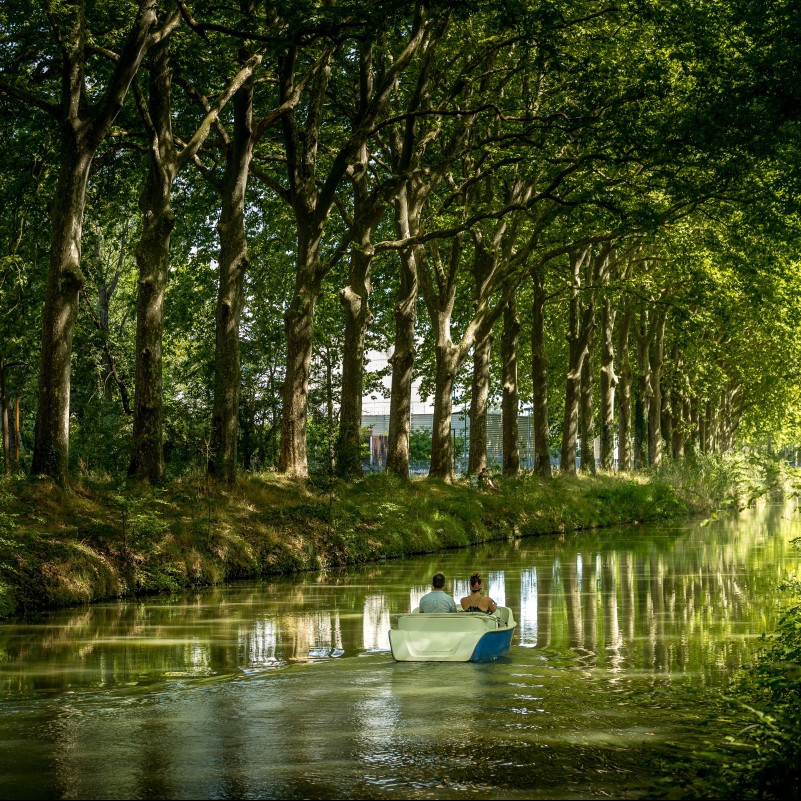
Travel
on the canal du Midi
The canal du Midi is a waterway like no other. This symbol of human achievement has revolutionized river transport in the Languedoc area. As a UNESCO World Heritage Site, the canal du Midi is now a major tourist attraction in the Occitanie region. Climb aboard and set sail!
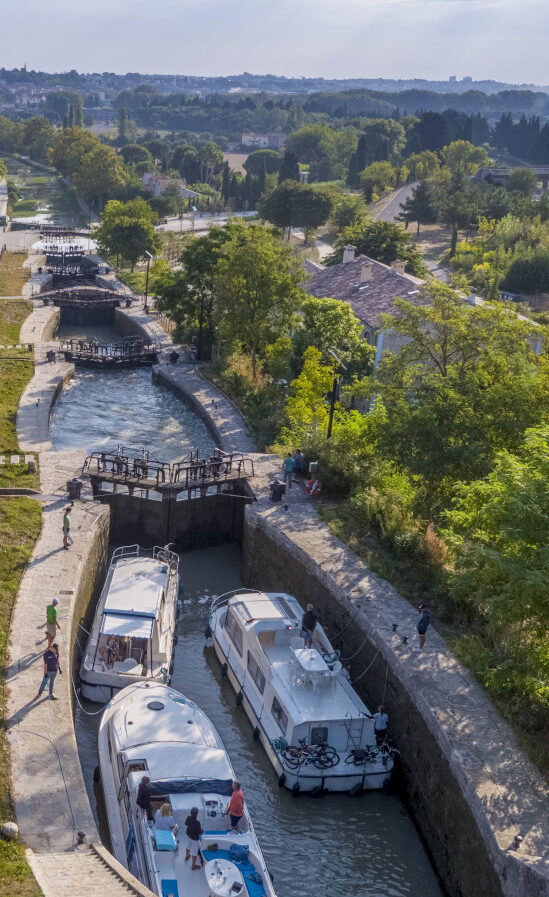

Going with the flow
Visiting the entire canal du Midi takes a considerable amount of time. You could easily spend your whole holiday discovering all it has to offer. But you can also choose to visit just certain parts of the canal. Whatever your preference, there are many must-see locations along the canal du Midi. These include: the Port de l’Embouchure in Toulouse, the Seuil de Naurouze watershed, the Grand Bassin of Castelnaudary, the Orb Aqueduct, the Fonseranes Locks, the Somail, the Malpas Tunnel, and more.





"The canal joining the seas is without doubt the most beautiful and most noble construction of its kind ever undertaken. I would have preferred to have created it, than all that I have done and all that I will do."